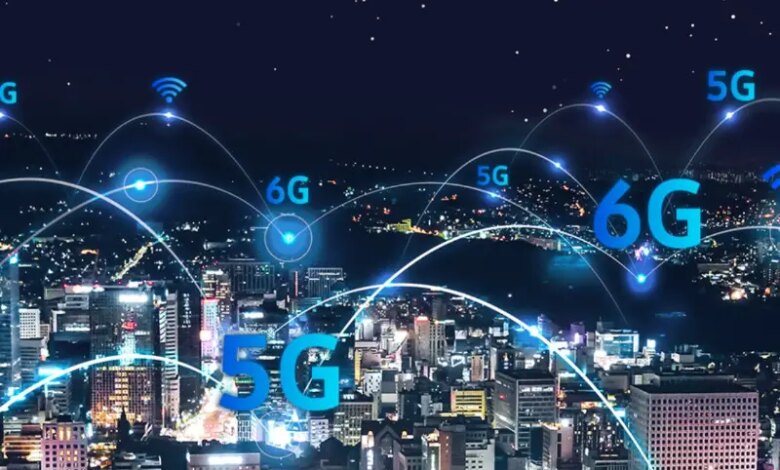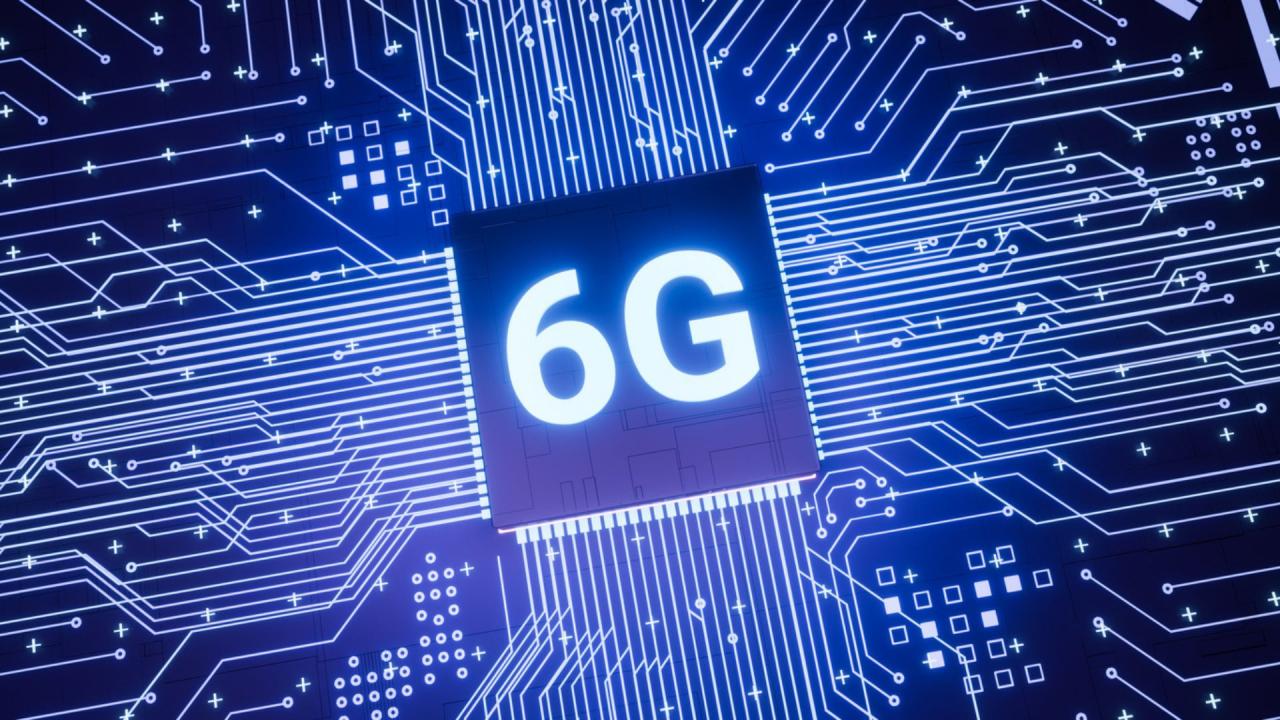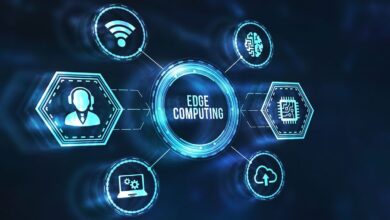6G Network Revolution Reimagines A Connected World

The world is on the cusp of the next great leap in telecommunications: the 6G network revolution. While 5G has just begun to reshape our lives with faster speeds and lower latency, the groundwork for its successor is already well underway. 6G isn’t just a faster version of 5G; it’s a fundamental reimagining of a connected world, promising a future where the digital and physical realms are seamlessly integrated. It will be the nervous system of a hyper-connected society, enabling a new wave of technologies from truly immersive virtual reality to ubiquitous artificial intelligence. This article will take a deep dive into the key pillars of the 6G revolution, exploring the groundbreaking technologies that will power it, the transformative applications it will unlock, and the significant challenges that lie ahead. The 6G network is poised to be more than just a communications network; it will be the foundation for a truly intelligent and responsive global society.
The Quantum Leap from 5G to 6G

While 5G was largely about providing enhanced mobile broadband and connecting a few billion devices, 6G is about connecting everything and everyone in a way that is instant, intelligent, and deeply integrated with our physical world.
A. Unprecedented Speed and Capacity
6G is expected to deliver speeds up to 1 terabit per second, or 1,000 gigabits per second. To put that in perspective, this is 100 times faster than the peak theoretical speed of 5G. This massive increase in bandwidth will be essential for enabling data-intensive applications like holographic communication and real-time digital twins of entire cities. This speed will not only make our digital lives faster but will also enable a new class of applications that simply cannot function on today’s networks.
B. The Power of Terahertz Waves
To achieve these speeds, 6G will move beyond the millimeter-wave spectrum used in 5G and into the terahertz (THz) range. Terahertz waves can carry an enormous amount of data but have a shorter range and are easily blocked by physical objects. This will require the deployment of a new, highly dense network of small cells, creating a massive, interconnected web of base stations that can provide uninterrupted coverage.
C. Hyper-Low Latency
Latency, the time it takes for a signal to travel from one point to another, will be reduced to a few microseconds in 6G. This is an almost instantaneous response time, which is critical for applications that require real-time control and feedback. This includes everything from autonomous vehicles that need to react to a sudden obstacle to haptic interfaces that provide a realistic sense of touch over a network. This hyper-low latency will blur the lines between human and machine interaction, enabling a new level of robotic precision and control.
Key Pillars and Enabling Technologies
The 6G revolution is not just a single technological advancement; it’s a convergence of several groundbreaking fields that will work together to create a truly intelligent network.
A. Artificial Intelligence and Machine Learning
AI will be deeply integrated into the 6G network itself, transforming it from a static system into an intelligent, self-optimizing one.
- AI-Driven Network Management: AI will manage network resources in real-time, predicting and preventing congestion, optimizing data routing, and dynamically allocating bandwidth to where it is needed most. This will make the network more efficient, reliable, and resilient.
- Edge AI: AI models will be processed directly on the network’s “edge”—on devices and in local data centers—reducing the need to send data to a central cloud. This will enable real-time decision-making for applications like self-driving cars and industrial automation, where a delay of even a few milliseconds could be catastrophic.
- Ubiquitous Intelligence: 6G will make AI a ubiquitous part of our daily lives. Every device, from our smart home appliances to our wearable tech, will have a direct and continuous connection to AI-powered services, creating a living, responsive environment that anticipates our needs.
B. Digital Twins and Holographic Communication
6G’s massive bandwidth and ultra-low latency will enable the creation of digital twins—real-time, virtual replicas of physical objects, people, or even entire cities.
- Smart City Management: A digital twin of a city could be used by urban planners to simulate the impact of a new building, manage traffic flow in real-time, or optimize emergency response routes.
- Holographic Communication: 6G will make holographic communication a reality. We could have a three-dimensional, real-time hologram of a person appear in a room, making remote communication feel as though you are in the same physical space. This will revolutionize remote work, telemedicine, and education.
C. The Internet of Everything (IoE)
While 5G connected billions of devices, 6G will connect trillions. It will be the nervous system for an Internet of Everything, where every physical object—from a smart coffee mug to an entire factory—is a data-generating, connected entity. This will create an immense, interconnected web of data that will fuel a new wave of services and applications, from predictive maintenance in industrial settings to personalized health monitoring in our homes.
The Transformative Applications of 6G

The true power of 6G lies not just in its speed but in the new applications it will enable, transforming industries and our daily lives in a way we can only begin to imagine.
A. Immersive Experiences and the Metaverse
The metaverse as we know it today is a low-fidelity, limited experience. 6G will provide the bandwidth and latency needed to create a truly immersive and seamless metaverse.
- Virtual and Augmented Reality: 6G will make virtual reality so realistic that it will be indistinguishable from the real world. Augmented reality glasses will be able to overlay a constant stream of high-resolution digital information onto our physical reality, from real-time navigation in our field of view to the names of people we meet.
- Haptic Communication: Haptic interfaces will allow us to feel a sense of touch over the network. A surgeon could perform a remote operation with haptic feedback, or a designer could feel the texture of a digital fabric.
B. The New Era of Robotics and Automation
6G will enable a new level of robotic precision and control by providing an almost instantaneous communication link between a robot and its controller.
- Remote Surgery: A surgeon could perform a complex operation on a patient thousands of miles away, with the robotic arm responding to their every command in real-time.
- Autonomous Vehicles: Autonomous cars and drones will be able to communicate with each other and with the smart city infrastructure in real-time, making roads safer, traffic more efficient, and transportation more accessible.
C. Personalized and Predictive Healthcare
6G will be at the heart of a new, data-driven healthcare system. Wearable sensors will continuously monitor a person’s vital signs and lifestyle, sending a constant stream of data to AI-powered services that can predict and prevent illness. A doctor could monitor a patient’s health remotely and intervene before a health crisis occurs.
Challenges and Opportunities
The journey to a 6G future is not without its significant challenges. The technological and societal hurdles will require unprecedented global collaboration and investment.
A. Technological Hurdles
The move to the terahertz spectrum presents a number of technical challenges.
- Signal Degradation: Terahertz waves are easily absorbed by water, making them susceptible to rain, fog, and humidity. New technologies will be needed to ensure reliable coverage in all weather conditions.
- Cost of Infrastructure: The deployment of a dense network of small cells will be incredibly expensive, requiring massive investment from governments and private companies.
- Energy Consumption: A highly dense network will consume a significant amount of energy, and new innovations will be needed to ensure that 6G is a sustainable and environmentally friendly technology.
B. Ethical and Societal Implications
6G’s power and ubiquity will raise a host of new ethical and societal questions that we must address proactively.
- Privacy and Surveillance: The Internet of Everything, with trillions of connected sensors, will generate an unprecedented amount of data about our lives. This raises serious concerns about privacy and the potential for mass surveillance.
- Digital Divide: A new digital divide could emerge between countries and communities that have access to 6G and those that do not, widening existing inequalities.
- Cybersecurity: A hyper-connected world with trillions of devices will present a massive attack surface for cybercriminals and malicious actors. The need for robust cybersecurity will be more critical than ever before.
Conclusion
The 6G network revolution is a fundamental shift in how we will connect to and interact with our world. It is a quantum leap from its predecessor, promising a future of unprecedented speed, capacity, and intelligence. By leveraging the power of terahertz waves, and integrating artificial intelligence and machine learning into the very fabric of the network, 6G will enable a new class of applications that were once confined to the pages of science fiction. The ability to create real-time digital twins of our cities, to communicate via holograms, and to live in a world where every object is a connected, intelligent entity will redefine our professional and personal lives. The future of the metaverse, robotics, and personalized healthcare is inextricably linked to the success of this next-generation network.
However, as we stand on the precipice of this transformative era, we must also confront the significant challenges that lie ahead. The technological hurdles of deploying a network on the terahertz spectrum and ensuring its reliability in all conditions are immense and will require global collaboration and innovation. More importantly, we must address the profound ethical and societal questions that come with a hyper-connected world. Issues of data privacy, the potential for a new digital divide, and the need for robust cybersecurity frameworks are not just technical problems; they are fundamental issues that will define our future. The 6G revolution is not just about faster downloads; it’s about building a new global nervous system, and its ultimate success will be measured by its ability to create a future that is not only more intelligent and efficient but also more equitable, secure, and human-centric.












